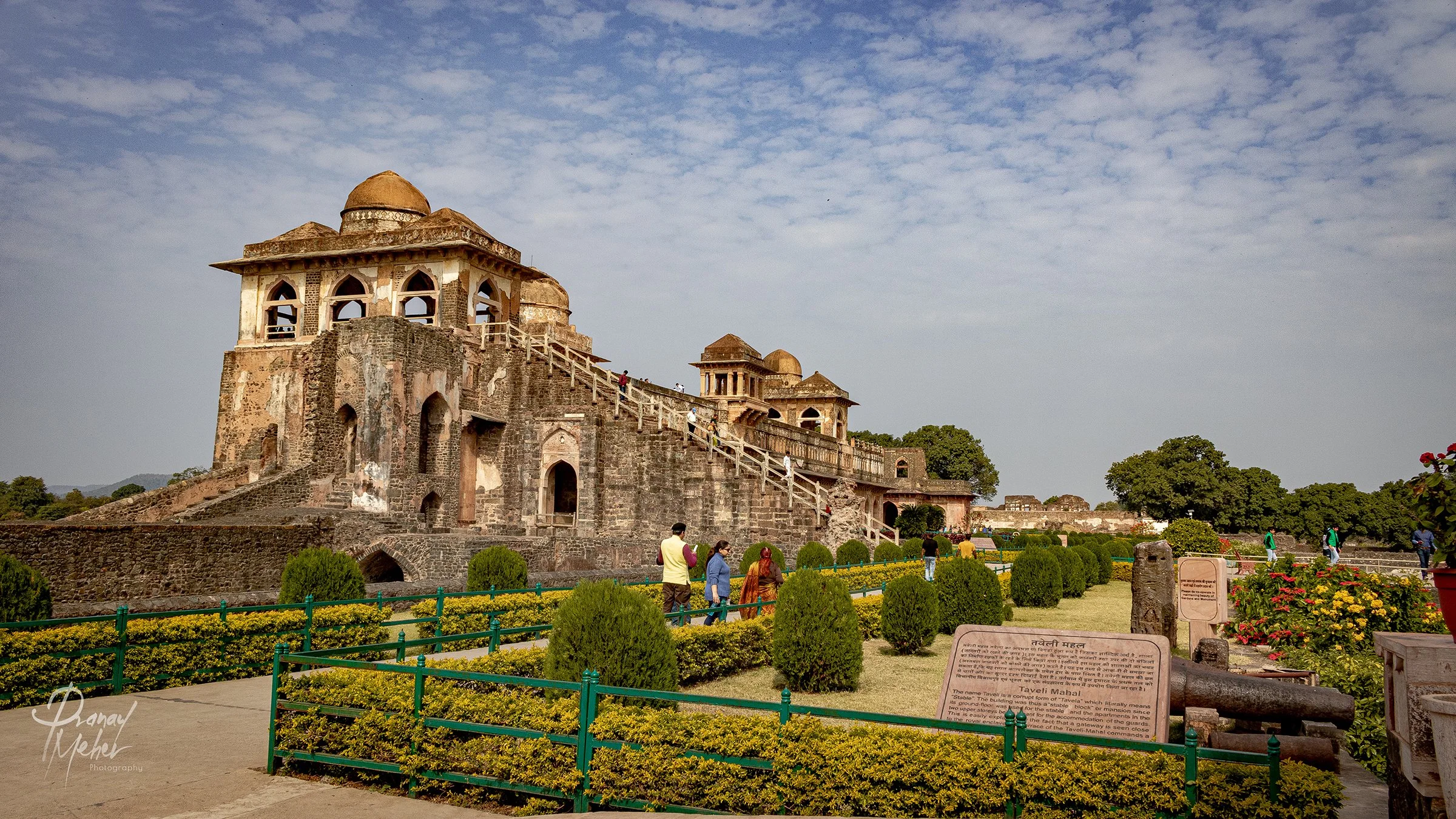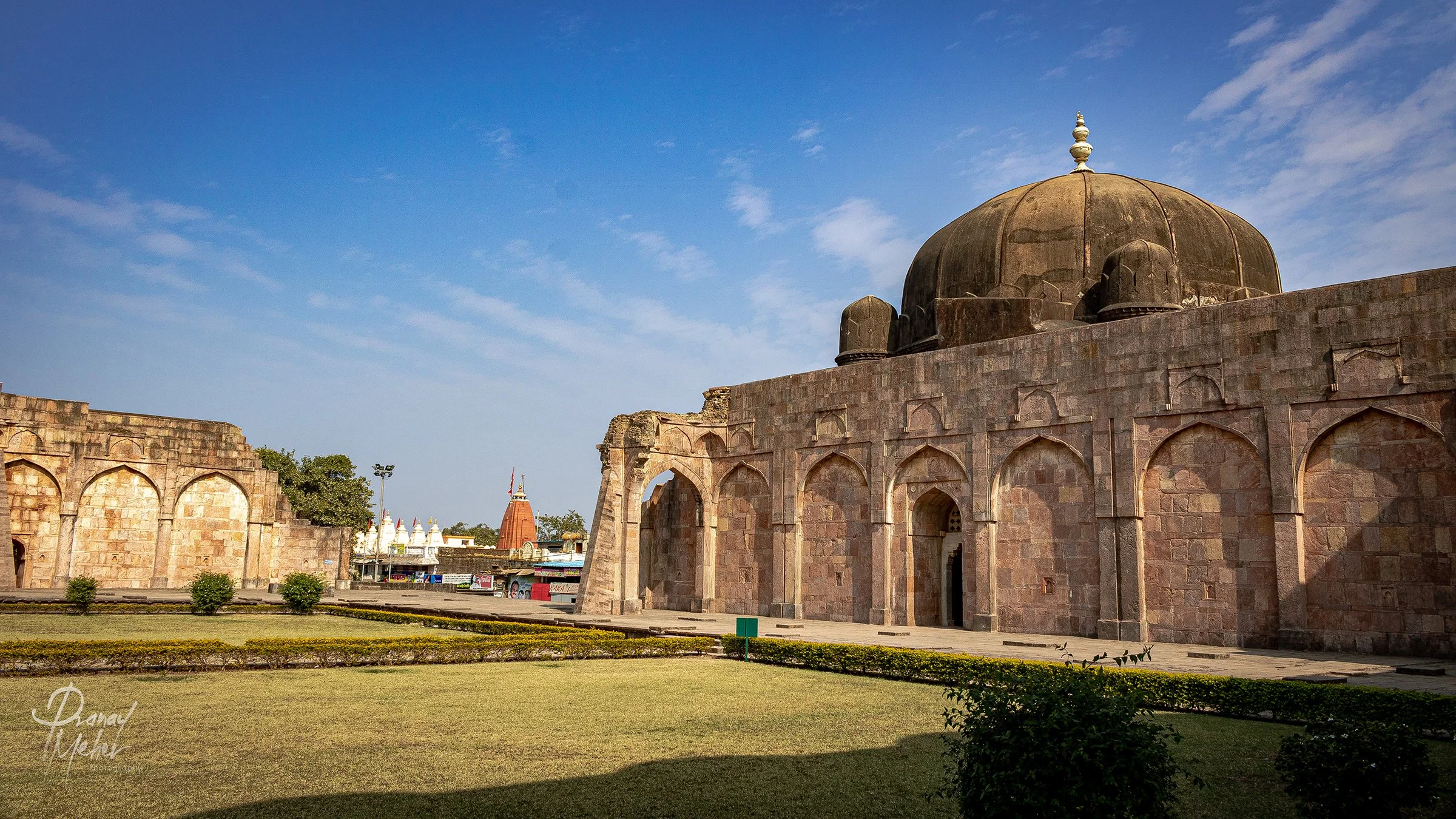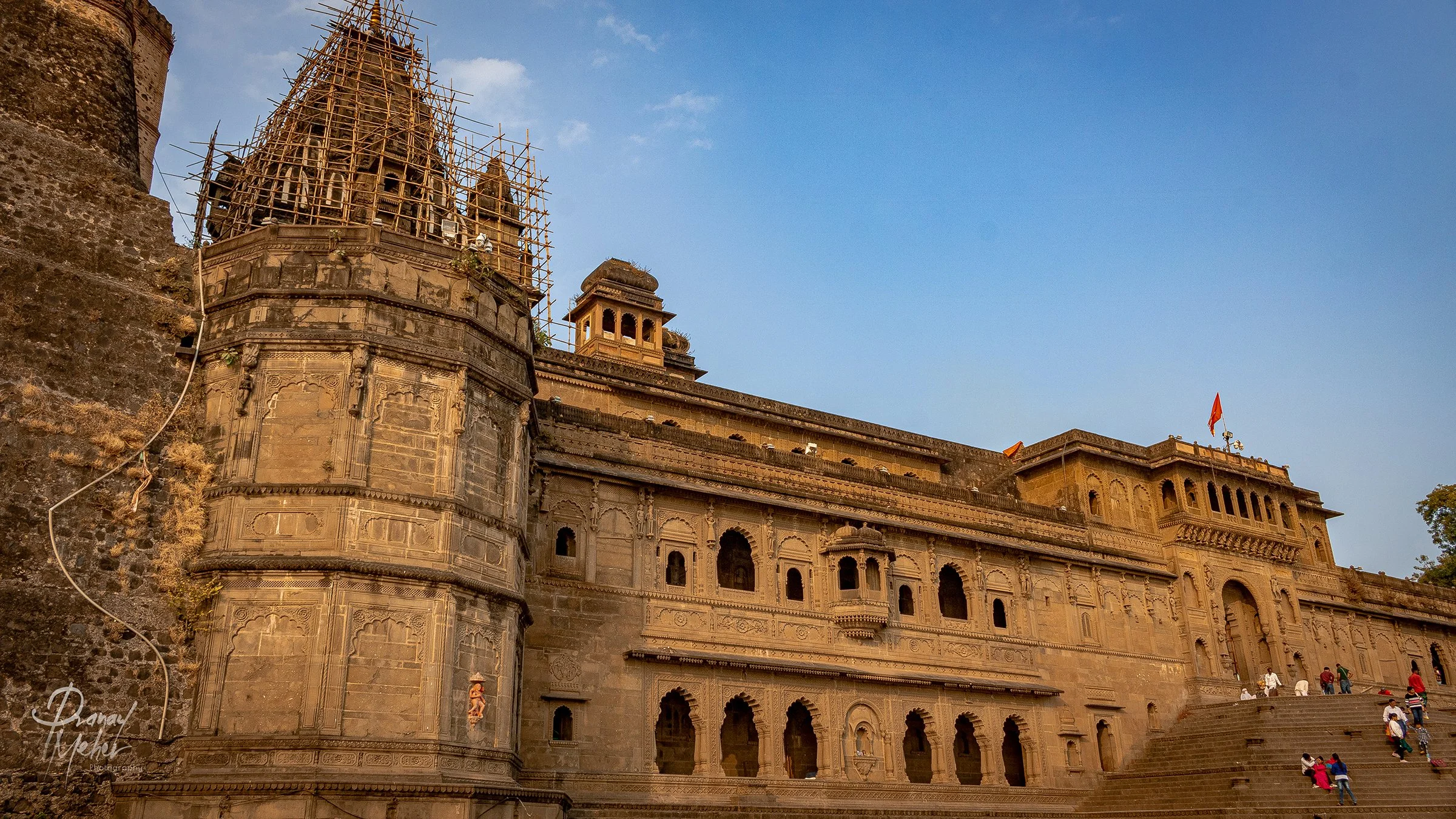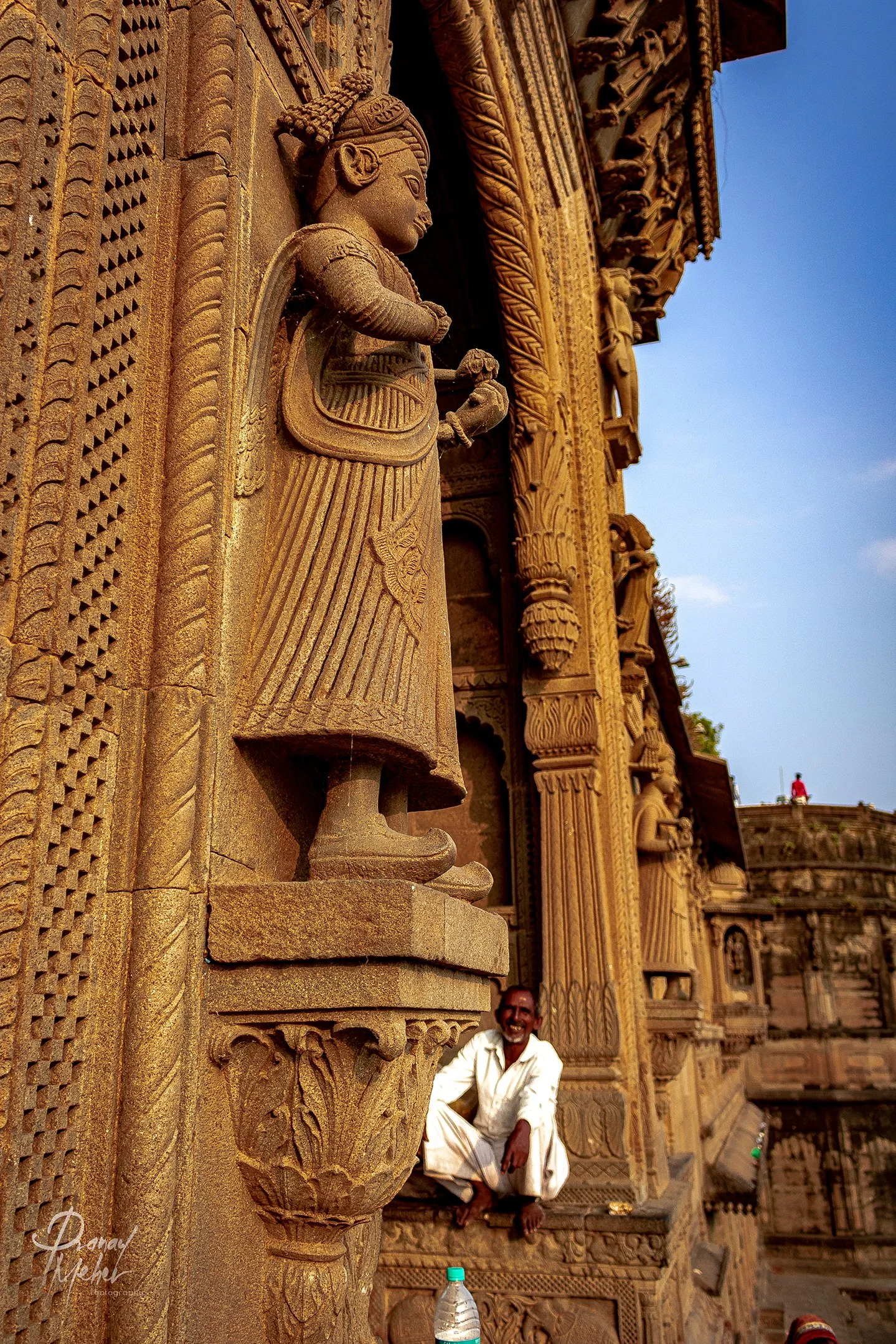Madhya Pradesh Solo Trip - Day 6
7th January, 2020. As planned Vicky did show up at 8 in the morning. We left for Mandu first. Vicky was not at all as talkative as his father. I was trying to be friends with him but he wasn’t open to big conversations. He answered all my queries in the least number of words. Vicky also closely resembled a colleague from my previous workplace. As the day progressed Vicky started opening up and shared his life story. He also recommended various other cool places in Madhya Pradesh which he had already visited. These places are not famous, perhaps that’s why they are still worth exploring.
The first spot on our today’s excursion was Mandu.
History and Legend Of Mandu
As per a Sanskrit inscription of 555 A.D., the history of Mandu goes back to the 6th century. Back then it was a fortified city which was later named as Mandavgarh in the 10th or 11th century by the rulers of the Parmara kingdom. In 1261, the capital of Parmaras was transferred from Dhar to Mandu. Later in 1305, the Parmaras were captured by Khilji. Dilawar Khan, the Afghan ruler of Malwa, renamed the place from Mandu to Shadiabad.
Excertp taken from https://www.indianholiday.com/mandu/history-of-mandu.html
My experience of Mandu was great. This fortified city is spread across 82 kms and is considered as India’s biggest fort. This place has many small palaces which cannot be explored in a single day. You can also watch light and sound shows late in the evening but I didn’t have time for that. I visited only the places which were the key highlights of the place such as Jahaz Mahal, Hidola Mahal, Jami Masjid, Rani Roopmati Pavillion, Bez Bahadur Palace etc.
Out of all the places I visited in Mandu, one place stood out due to its location, beauty and its legend. Rani Roopmati’s pavillion is said to have witnessed a legendary love story between Rani Rupmati and the Sultan of Malwa region, Baz Bahadur. Rani Rupmati was a poet and the consort of the Sultan. It is said that Rani Rupmati always started her day by worshipping the Narmada river. The river view can still be enjoyed from the pavilion today. It is believed that Adam Khan was prompted to conquer Mandu partly due to Roopmati’s beauty. When Adam Khan marched on the fort, Baz Bahadur met him with his small force and was defeated. Hearing this news, Roopmati poisoned herself.
https://en.wikipedia.org/wiki/Roopmati
Maheshwar
By 2:30 pm I left Mandu for the next spot, Maheshwar, stopping on the way to have lunch. Maheshwar is a town in Khargone district of Madhya Pradesh. It is located 13 km east of National Highway 3 (Agra-Mumbai Highway) and 91 kms from Indore. The town lies on the north bank of the Narmada river. It was the capital of the Malwa during the Maratha Holkar reign till 6 January, 1818, when the capital was shifted to Indore by Malhar Rao Holkar III.
Maheswar rose to popularity under the rule of strong maratha leader Queen Devi Ahilya Bai Holkar. After the death of Ahilyabai Holkar’s husband, Khanderao Holkar in the battle of Kumbher in 1754, her father-in-law, Malhar Rao Holkar insisted Ahilyabai to take the leadership. She protected her kingdom from plundering invaders. After her father-in-law’s death, she was crowned the queen of the Malwa region.
Among Ahilyabai’s accomplishments was the development of Indore from a small village to a prosperous and beautiful city.
Before entering Maheshwar Fort, I first took a walk on the Narmada Ghat. I observed the local lifestyle. People taking a dip in the river and offering prayers to the setting sun, others taking a boat ride, children playing at the banks, sadhus deep in meditation while an incense stick next to them making a fragrant smoke made it a quite picturesque evening scene. The fort itself was looking marvellous in the evening golden rays.
The Maheshwar fort is as beautiful from inside as it is from outside with its intricate stone carvings. This region is famous for its unique style of sarees and within the fort itself there is a section where you can see women making sarees. Unfortunately the house of Ahilyabai had a ‘no photography’ sign on it therefore I could not take photographs but it was the most beautiful section of the fort. While you are there you can imagine the history taking shape from that very place. The house is kept as it is since the time of Queen Ahilyabai.
When I stepped out the fort I realized that it had started to get dark. So I went back to the parking lot and headed back to Indore.
In the evening I had dinner plans with Pradeep dada and Raju dada. Raju dada was on a business trip to Indore and hence planned to come over to Pradeep dada’s place. From there we headed to a very famous restaurant in Indore ‘Shree Chotiwala Restaurant’ and a delicious dinner.
Continued in the next blog…










































































